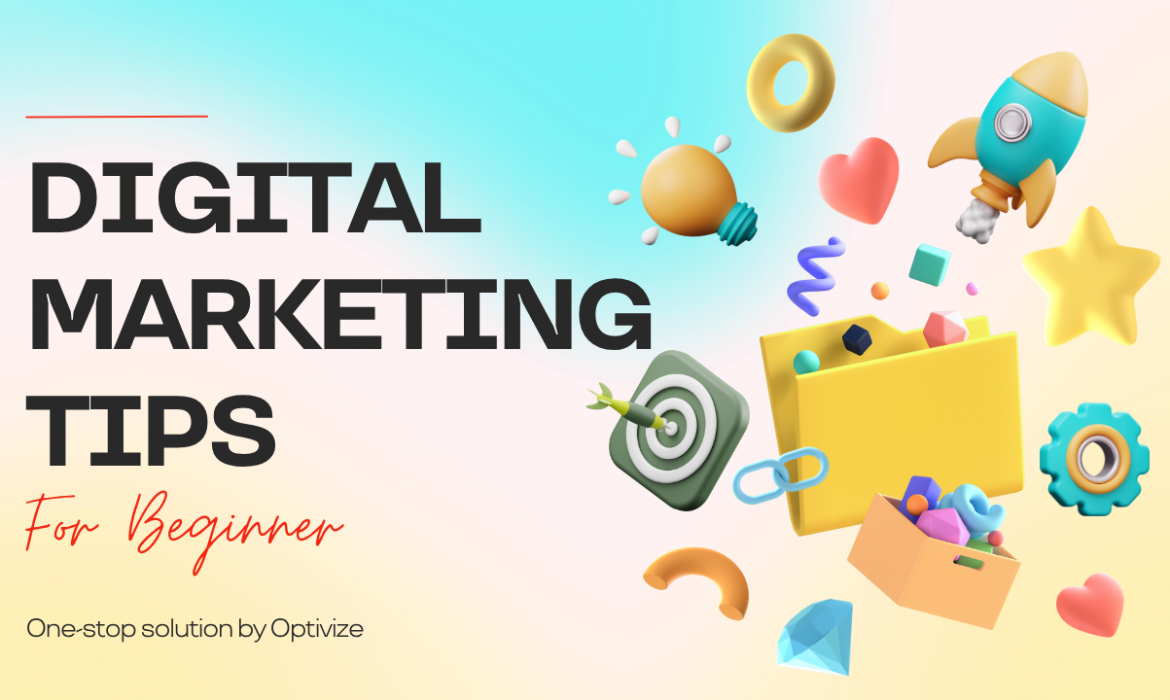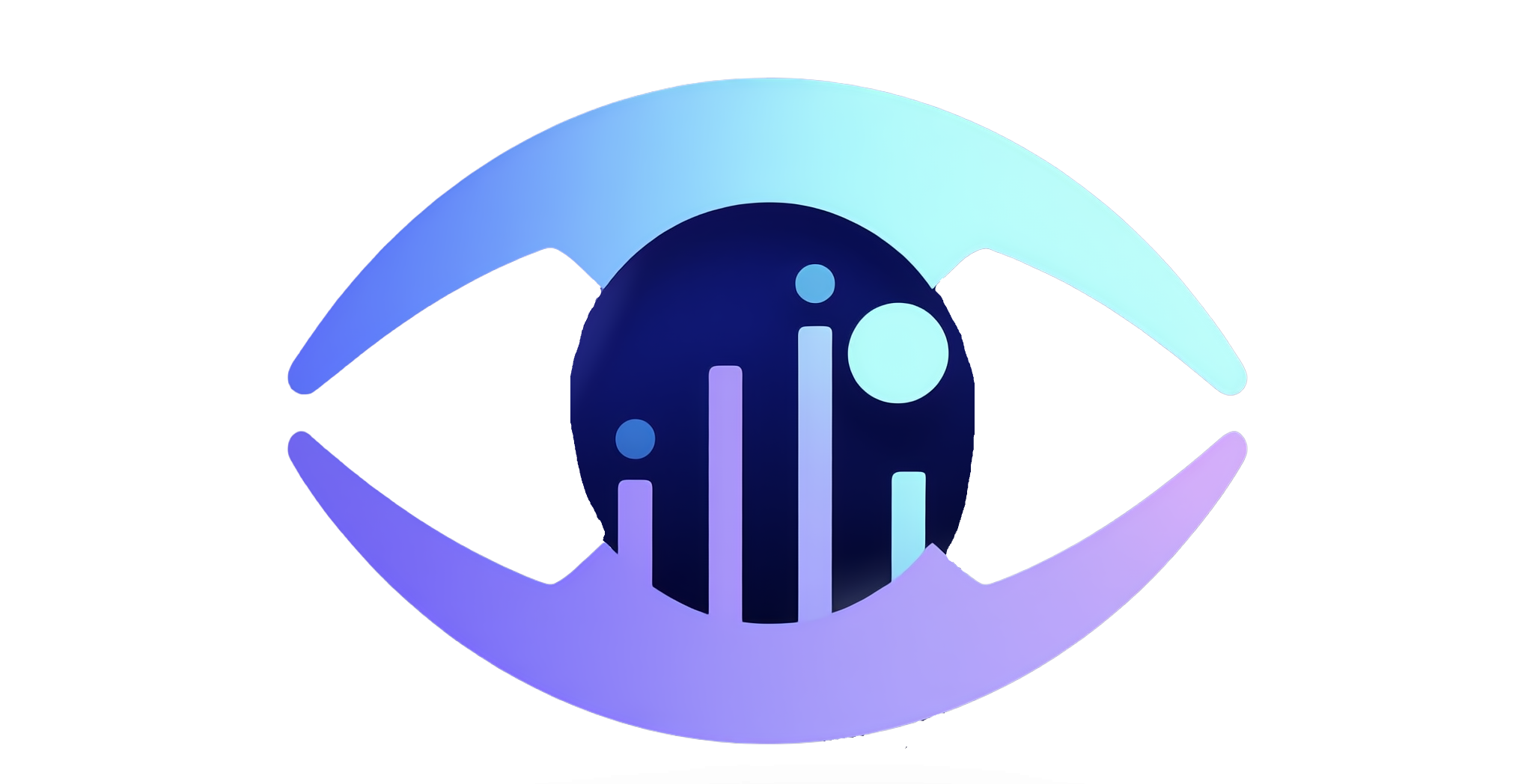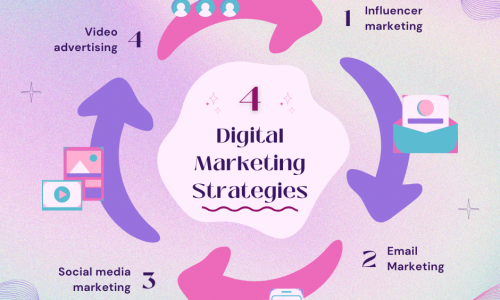
Templated websites are cheap, but they cost you in the long run. Discover why a custom website design drives better performance, SEO, and brand credibility.
Why Your Business Needs a Custom Website (Not Just a Template)
In today’s digital-first world, your website isn’t just a brochure—it’s your 24/7 salesperson. But not all websites are created equal. Many small businesses rely on cheap templates or drag-and-drop builders and wonder why their conversions are low or SEO performance is flat.
In this article, we’ll break down why investing in a custom website is one of the smartest decisions you can make for long-term growth, performance, and brand trust.
1. Templates Limit Your Brand Identity
🧨 What’s the problem?
Using a generic template means your site looks like hundreds of others. There’s no unique structure, no storytelling through design, and you can’t fully tailor the user experience.
💡 How to fix it:
- Build a site around your actual business goals and buyer journey.
- Use custom illustrations, layouts, and UX elements that reflect your brand tone.
- Think beyond visuals—map the site to actions: leads, bookings, purchases.
✅ Pro Tip: Work with a UI/UX designer to audit your current site’s brand alignment.
2. Custom Websites Are Better for SEO
🧨 What’s the problem?
Templated sites often load slowly, have bloated code, and lack proper technical SEO structure. That kills your organic visibility.
💡 How to fix it:
- Optimize site architecture with custom page hierarchies and internal linking.
- Use semantic HTML tags and compress assets for performance.
- Implement schema markup and mobile-first responsive design.
3. You Get Control Over Speed & Performance
🧨 What’s the problem?
Many themes load unnecessary scripts, third-party fonts, and plugins—making your site sluggish. Google penalizes slow sites in rankings.
💡 How to fix it:
- Build from scratch using performance-first frameworks (Next.js, Astro, custom WP themes).
- Lazy-load images, self-host fonts, and defer non-critical scripts.
- Run audits using PageSpeed Insights, GTmetrix, and WebPageTest.
✅ Bonus tip: Under 3-second load time should be your baseline goal.
4. It Scales With You as You Grow
🧨 What’s the problem?
Outgrowing a template is common. Adding new features (multi-language, complex filters, customer portals) can break your theme.
💡 How to fix it:
- Design with scalability in mind: modular components, flexible CMS.
- Ensure integrations (CRMs, chatbots, APIs) are baked in, not bolted on.
- Keep your codebase maintainable and version-controlled.
5. Better UX = Better Conversions
🧨 What’s the problem?
Template builders don’t let you fully control the UX journey. Users drop off due to confusing flows, missing CTAs, or poor mobile usability.
💡 How to fix it:
- Build each page around 1 clear goal (subscribe, contact, buy).
- Use heatmaps, A/B testing, and user interviews to optimize UX over time.
- Customize micro-interactions, animations, and loading states for smoother flow.
✅ Bonus Tool: Try Hotjar or Microsoft Clarity for heatmaps and UX analytics.
Final Thoughts
Your website isn’t just about looking good—it’s about converting visitors into customers and giving them a reason to trust you. A custom-built website aligns design, performance, UX, and SEO into a single, scalable growth tool.
If you’re serious about building a long-term online presence, it’s time to stop renting your website—and build something that truly works for you.
Build Your Custom Website with Optivize
Ready to upgrade from generic to growth-focused?
✅ Get a free consultation and website audit from our expert team at Optivize.
We’ll show you exactly what’s holding your site back—and how to build a better one.
→ Schedule Your Free Website Audit
No tech jargon. No pushy sales. Just strategy that works.
Our experts will analyze your campaigns and send you a custom action plan — no strings attached.





